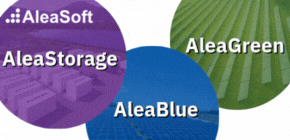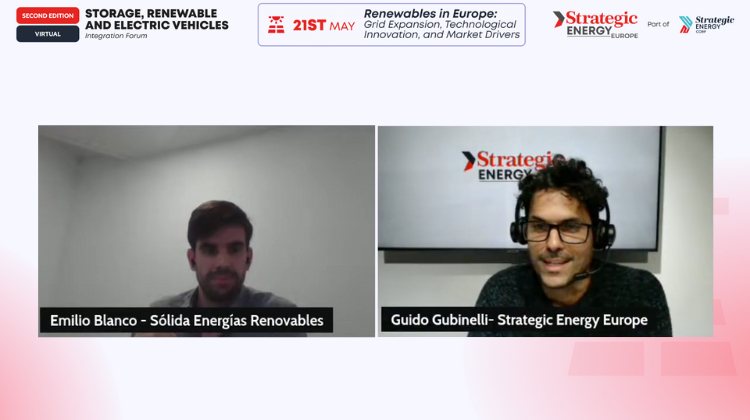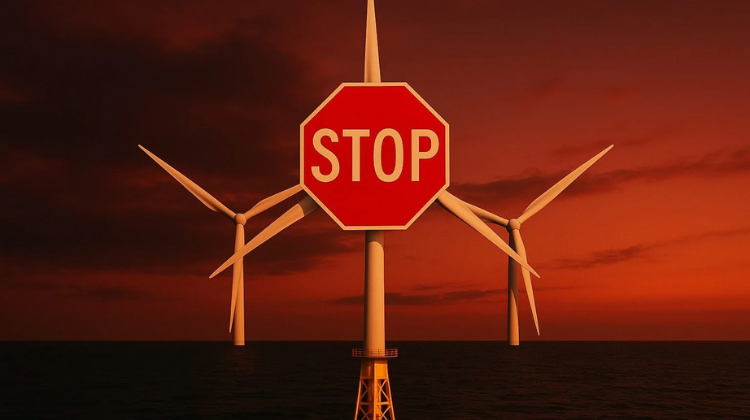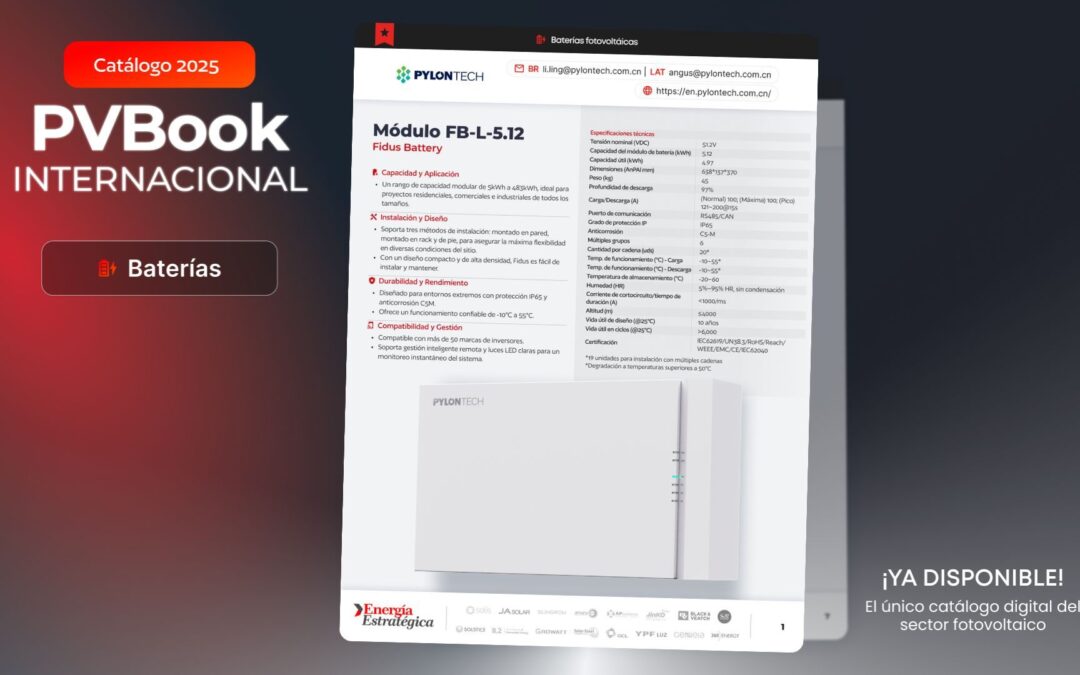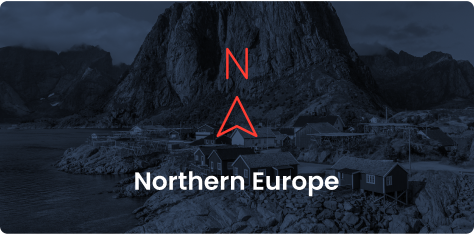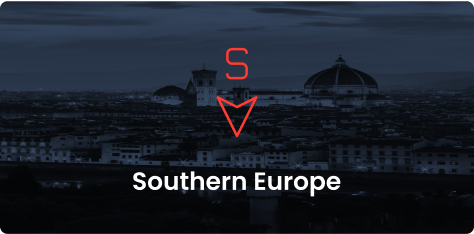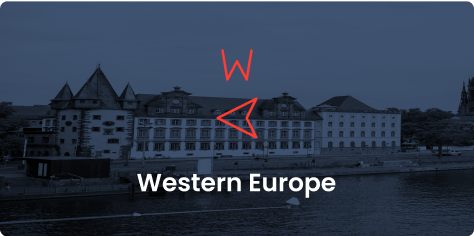Renewable energy markets across Europe are undergoing inevitable expansion, but under increasingly complex conditions. This was the perspective shared by Emilio Blanco González, Consultancy Manager at Sólida, during the Storage, Renewable and Electric Vehicles Integration Forum, organised by Strategic Energy Europe and Mobility Portal Europe, both divisions of Strategic Energy Corp.
The executive presented a detailed overview of the sector based on the company’s hands-on experience across all stages of renewable project development in Spain, Italy, Portugal, Brazil and Chile. “We have significant insight into what’s happening not only in Spain, but also in other countries where we operate,” he explains.
The second event of the year by Strategic Energy Corp was a two-part virtual session, co-organised with Mobility Portal Europe and Strategic Energy Europe.
Strategic Energy Corp, in partnership with Future Energy Summit (FES), hosts major renewable energy gatherings, as FES stands as the leading platform for renewable energy dialogue in Spanish-speaking countries. Notably, on 24 June, the third edition of FES Iberia 2025 will take place at Colegio Caminos (Auditorio Betancourt, C. de Almagro, 42, Chamberí) in Madrid. (Relive the previous edition here.)
PNIEC targets vs. ground reality
Blanco González warned that the objectives set by European National Energy and Climate Plans (NECPs) are overly ambitious. “They are more of an aspirational guide, really,” he notes. In Spain, for instance, “we are integrating nearly half of what we should be achieving annually in renewables, particularly solar PV, to stay on track for 2030.”
In Italy, Sólida expects a gap of around 7 GW in solar and wind capacity compared to what their own NECP outlines. Nevertheless, the executive stresses that “projects will continue to be built and go into operation.”
Permitting pressures and regulatory obligations
A decisive factor in Spain is Royal Decree 23/2020, which mandates that a large share of previously authorised projects must now be brought into operation. While many developers applied for deadline extensions, “a significant volume of capacity will come online and move forward,” he says.
Although environmental permitting bottlenecks have eased somewhat, grid access and connection remain a central issue.
Market stress and adaptive strategies
Market dynamics have dampened investor optimism, particularly in the solar PV segment. “Confidence has declined. Transaction prices have also fallen,” Blanco González confirms. Capture prices in the spot market are significantly below daily market rates.”
In response, the sector is increasingly turning to hybridisation. “You rarely see standalone PV projects anymore. There’s always a battery or wind component involved,” he states.
Portfolio optimisation and evolving models
Sólida is addressing this market context by developing in-house tools for portfolio analysis and optimisation. “We’re actively working on how to optimise current hybrid projects, ongoing developments, and even assets already in operation,” explains Blanco González.
These measures aim to strengthen the technical and financial viability of projects amid declining returns and growing competition.
Grid access: a critical bottleneck
A major challenge across Spain is the grid access barrier, particularly for standalone battery storage projects. “There is currently no clear framework for assessing demand-side grid capacity for these assets,” he points out.
Flexible grid access regulations could help ease this constraint. “If operations could be limited to certain hours, that would be an important solution for standalone battery projects,” he suggests.
A positive outlook for battery storage
Despite these challenges, Spain’s energy storage market is becoming increasingly attractive. “New state aid programmes will inject €700 million,” Blanco González highlights. Moreover, the capacity market is set to launch, which will help enhance project bankability.
These instruments may change the economic outlook for many hybrid and standalone storage projects.
Repowering: a new development horizon
Finally, Blanco González outlines the growing relevance of onshore wind repowering. “We’re seeing an ageing fleet of wind projects,” he explains. Some Spanish regions already require repowering after 25 years of operation, opening new business opportunities for the sector.










